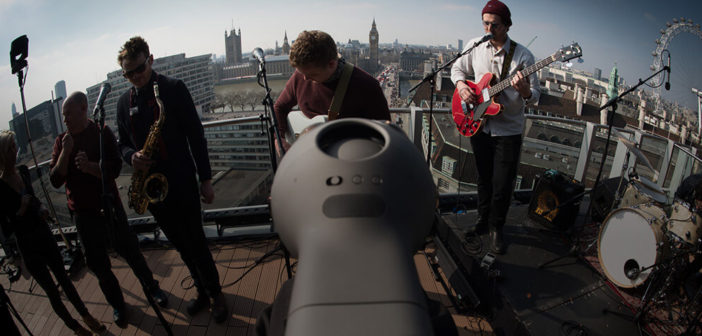360 degree technology leading the way
According to ABI Research, 360 degree video, interactive and immersive content formats will generate $6 billion dollars of revenue by 2022, tapping into the virtual reality (VR) ecosystem as well as widespread support for application development on mobile platforms.
Today, producers, content owners, and distributors are experimenting with the mediums and learning new creative tools. 360 degree content has been tested in major genres including sports (such as BT’s distribution of the Champion’s League), music (such as Deutsche Telekom’s Magenta Musik service), and news (such as New York Times VR). Also, Netflix has just launched its first interactive content with children’s programmes Puss in Boots and Buddy Thunderstruck designed to increase engagement.
“Immersive content promises to marry Hollywood style content, tapping into the production elements of video games,” said Sam Rosen, MD and VP at ABI Research. “New technologies exist to conduct fully spatial and/or light field mapping of spaces, as well as to generate holographic models of actors. Combining these techniques with artist-generated layers and interactive storytelling elements, such as speech synthesis, opens the door to using gaming technologies to deliver immersive entertainment to large audiences. Early on, content will probably only target location-based VR installations, but broader reach of the genre could come when a larger number of standalone VR headsets launch in 2018.”
Technologically, 360 degree video faces a variety of filming and distribution challenges. From a camera perspective, stitching is one critical challenge and algorithms and workflows vary widely between live and file-based workflows. First generation camera rigs built from multiple discrete cameras are starting to give way to integrated cameras, which can better manage things like unified exposure and frame timing to help mitigate camera-related challenges. From a delivery standpoint, delivering the full panorama to the user requires about four to five times the displayed resolution, depending on the field of view of the headset. However, attempting to deliver only the required video requires low latency delivery which places artificial limitations on head movement (in degrees per minute) or results in extreme pixilation of images.
Sam Rosen concluded: “The 360 degree video market presents a struggle for content creators; on the one hand the new technology enables them to tell stories in a more impactful and immersive way, but it also requires new expertise, workflows and hardware. Add to this the limited installed base and still developing business models and it quickly becomes difficult to greenlight a project if ROI only looks at the near-term. The development of the market will depend on both smaller firms testing experiences with modest budgets, as well as larger firms investing in full scale projects and sponsoring internal and external innovation in the market.”





